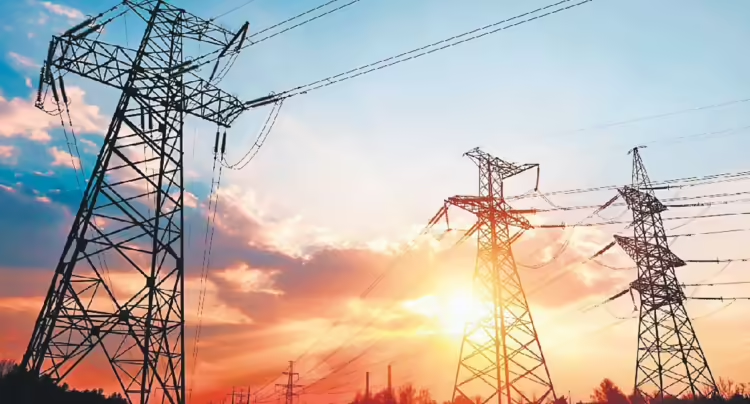Government examines six massive power projects close to coalfields
To lessen the nation’s dependency on costly coal transportation for energy production, the coal ministry intends to build sizable power facilities around its coalfields across the nation. With a combined capacity of 30 GW, these coal-fired power facilities, each with a 5,000 megawatt capacity, would

be constructed in the coal fields of Jharkhand, Odisha, and Chhattisgarh. Each power plant will be built via joint ventures (JVs) with the government, commercial power businesses, and state-owned energy producers, according to the coal ministry.
In accordance with the JVs, the Coal Ministry will provide sufficient land, coal, or money in exchange for the state-owned coal firms’ equity or interest in the power plants.
The ministry is starting the initiative by purchasing property surrounding its coalfields or setting up land banks, and after the general election is done, development on the projects will start.
“We have already begun negotiations with electricity providers to locate these facilities directly next to the coal mines. After the elections, things will move more quickly if land close to the mines is acquired, an official said.
These power stations will have a combined generating capacity of 30 GW. There will be two facilities in Chhattisgarh: one in the Korba Coalfield and one at the Mand-Raigarh Coalfield. Two factories in Odisha will be located in the Sardega and IB Valley regions. Two units will be located in the North Karanpura Coalfield in Chotanagpur, and another in Jharkhand’s Rajmahal Coalfield. The official said that the government aims to imitate the coalfield area of Shaktinagar, which provides 10% of India’s coal and 10% of the nation’s power via the Singrauli Super Thermal Power Station (SSTPS).
“Electricity transportation is intrinsically less expensive than coal transportation followed by electricity generation. As a result, the administration is eager to get these power projects underway as quickly as feasible,” the official said.
The industry believes that the average cost of producing a tonne of coal, including all taxes, is around R2,000. Nevertheless, the landing cost of coal at power plants more than doubles to R4,300–4,600 per tonne due to transportation losses and expenditures.
The government has planned these initiatives primarily for this purpose. Furthermore, for economic progress and to satisfy the rising demand, India must expand its electricity capacity. According to the National Electricity Plan, India would need 900,422 MW of built capacity overall by 2031–2022, which includes both fossil and non-fossil-based capabilities as well as a sizeable portion for battery energy storage systems. Furthermore, the Central Electricity Authority has budgeted to raise coal-based capacity from the existing 214,000 MW to 283,000 MW by FY 2032.
Six power stations’ combined generating capacity
These power stations will have a combined generating capacity of 30 GW. There will be two facilities in Chhattisgarh: one in the Korba Coalfield and one at the Mand-Raigarh Coalfield. Two factories in Odisha will be located in the Sardega and IB Valley regions. The industry believes that the average cost of producing a tonne of coal, including all taxes, is around R2,000.







